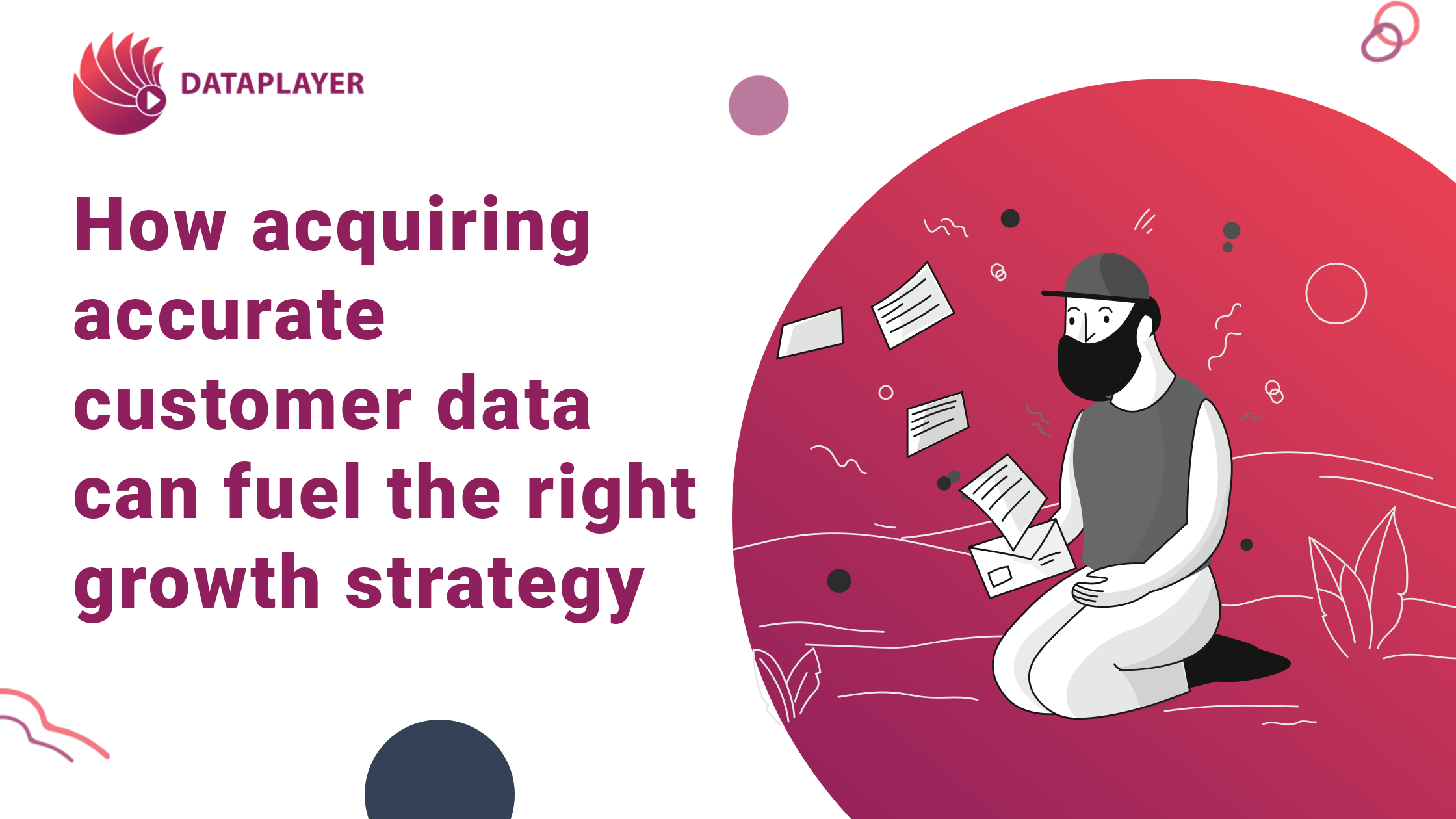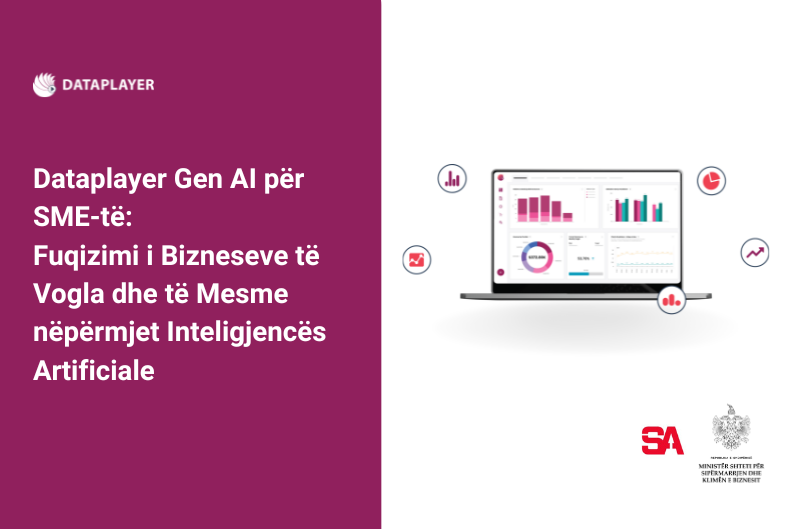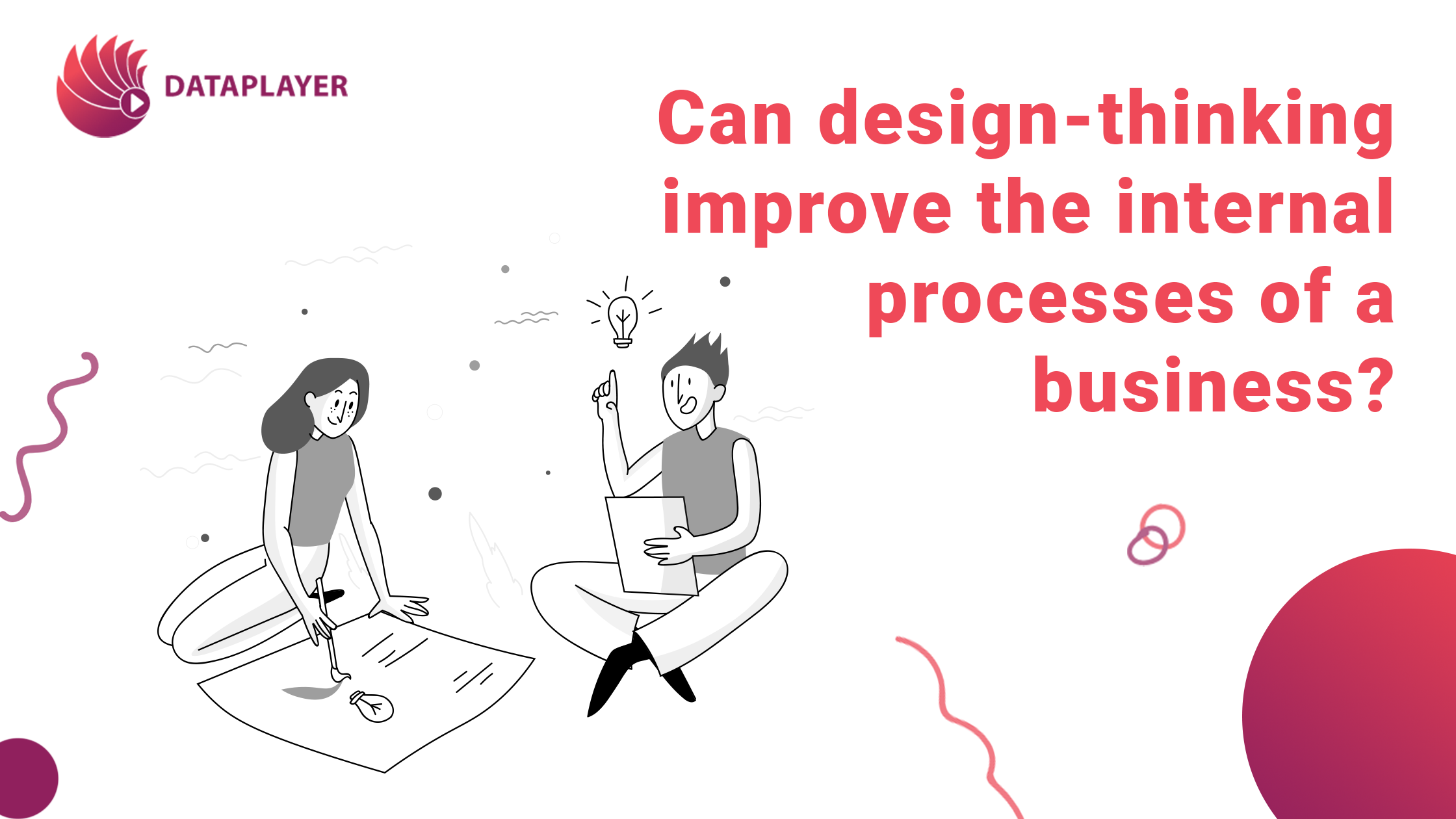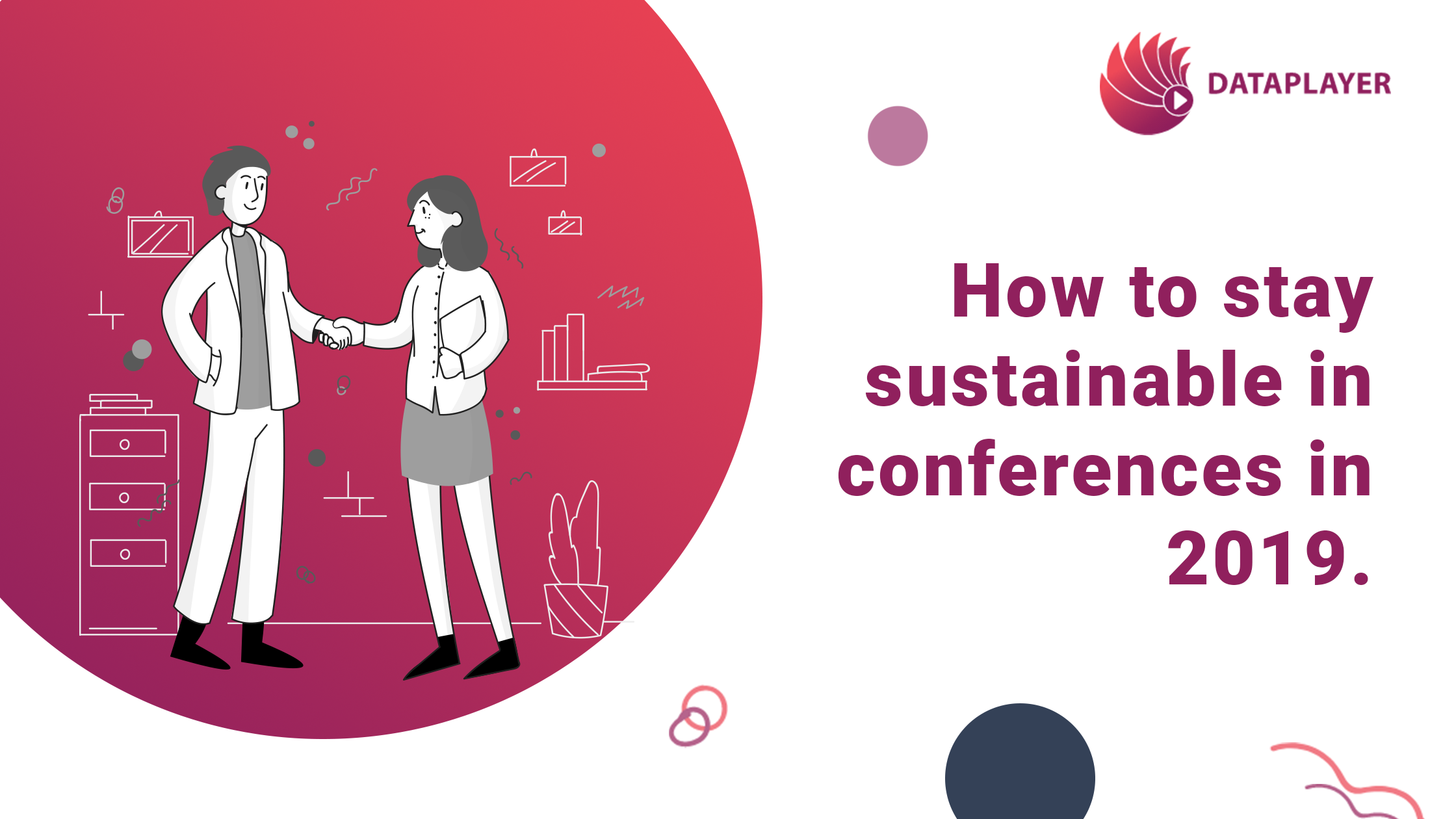How acquiring accurate customer data can fuel the right growth strategy
At our current pace, we are creating over 2.5 quintillion bytes of data every single day. With advancements in technology and innovation occurring almost daily, this number is increasing exponentially.
But what happens to this data? Does it just float around the internet with no purpose or direction? The answer is yes, sometimes. But in the right hands and handled in a strategic way, these massive amounts of information can become an important asset. Businesses that want to make the most out of organic revenue streams should seriously consider tapping their data to harness the power of information and to grow their business.
A recent McKinsey survey found that out of 1000 big sales orientated organisations, 53% of those that were considered as ‘high performing’ also rate themselves as effective users of analytics. The remainders, and many small to medium size enterprises admit that they don’t know how to benefit from data analytics whilst some have yet to even consider data analytics as something that can benefit them.
A well designed analytics programme has the power to significantly drive growth and nurture effective strategy but this can only happen when a business understands where analytics can create value, and then be able to implement results properly. This is how proper data usage and analysis can fuel your businesses growth strategy.
Improve lead generation
Really getting to grips with your data can drastically help improve the accuracy of your lead generation processes as using rich data sets can help you to identify the right customer at the right time. Many businesses already use historical market information to create a detailed picture of sales prospects but some are taking this to the next level by introducing algorithms that are based on data sets relating to their clients. Data such as news reports and social media can be integrated with more traditional forms of data to create a proper overview of the client.

When companies combine these predictive insights with greater intelligent automation, businesses soon note a leap in their ability to identify new conversion opportunities. Some trailblazers are even using AI as well as natural-language processing to automate activities such as handling customer questions. All of this results in increased growth.
Better matching of people to deals
Analytics and proper handling of data has the power to drive sales by really knowing what the customer needs. Traditional growth strategy has always relied on account segmentation defined by historical knowledge. The problem is that over time, these sales models become less effective meaning less sales and less growth. By introducing data analytics, sales planning and resource allocation becomes a lot more effective. You can understand what clients want in pretty much real time, and respond accordingly.
Maximise customer lifetime value

Businesses that offer more complex product portfolios often find it more challenging to know what their customer needs. Salespeople and marketers rely on gut feelings or previous trends- something that is not just inaccurate, but that is also time consuming as well. As a result, many businesses are implementing data management and analysis processes that draw on data that shows what other, similar customers have bought. This presents not just opportunities to sell one product, but the chance to cross-sell across a whole portfolio as well as create successful micro campaigns around these opportunities.
This approach not only increases the number of customers and their spend, but it also helps retain them for longer. Studies have shown that companies that use a predictive data model were three times more likely to retain their clients and those with more products to choose from were less likely to go elsewhere.
Get the price right
Getting your price point just right is an integral part to your growth. In the world of B2B and even B2C it can be very difficult however to understand what your competitors are charging and what your target clients are prepared to pay. Instead, businesses rely on experience to guide their pricing decisions but this is far from accurate. But it doesn’t have to be like this- by using analytics and really looking at data, you can compare similar purchases and comparable deal information to help you get your prices right. In addition to this, customers can be grouped together depending on their purchase behavior, budgets, or what they are interested in- pricing decision can then be made based on this. Once you are sure you have the price at the right point, your customers will flock to you are are much more likely to stay instead of going elsewhere for a ‘better deal’.
Are you convinced? Ready to take the plunge and start using data to fine tune your business objectives? Let dataplayer show you how, we are waiting to hear from you!






